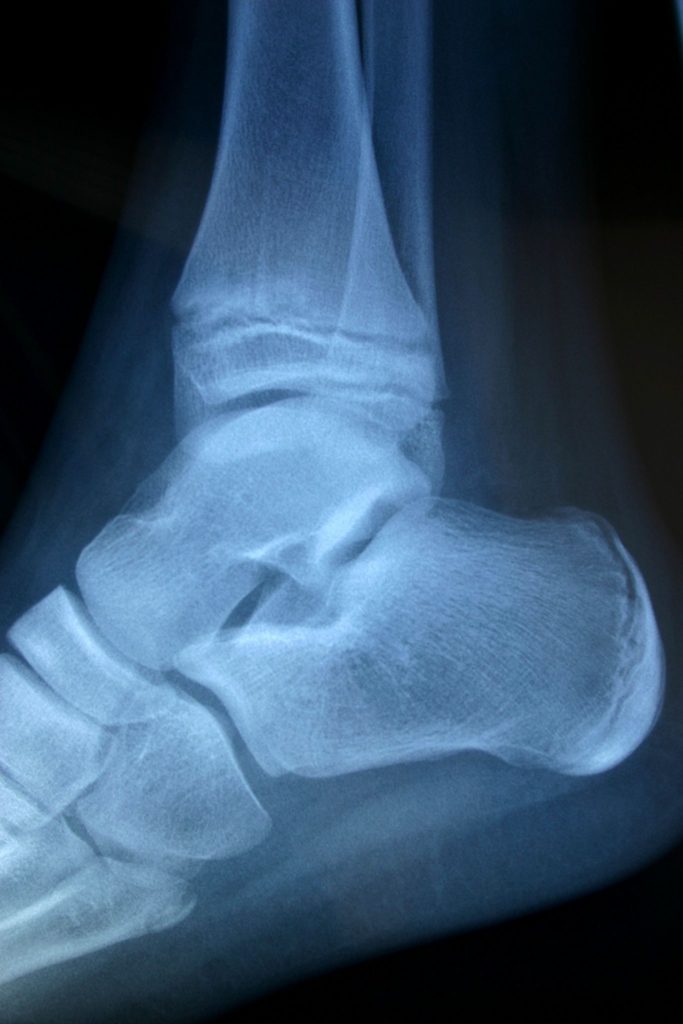Sever’s Disease | The Podiatry Practice Brisbane
The most common cause of heel pain in children is due to the disturbance or damage of the growth plate at the rear of the heel bone (Calcaneus). This condition is known as Sever’s disease or calcaneal apophysis. It occurs when an increased load is placed on the back of the heel from tension in the calf muscles, causing stress on the cartilaginous joint between the calcaneus and apophysis (growth plate). The condition is self-limiting and will cease when the two parts of the heel bone fuse together, however this may take up to a couple of years in some cases. There is no identified long term complications associated with Sever’s disease. Nevertheless, it is a painful condition that needs treatment when active to reduce pain levels and maintain activity levels of the child until the heel bone fuses into an adult bone.
 What causes Sever’s?
What causes Sever’s?
There is no specific known cause of Sever’s disease. However, there are several common factors associated with the condition including:
- Tight calf muscles
- Pronated foot type (rolled in towards the ankle)
- Children who are heavier
- Puberty/growth spurts
- External factors, e.g. hard surfaces or poor footwear
- Increase in physical activity levels
Presentation
Sever’s presents as pain in the back or side of the heel, which is generally worse after activity. One or both heels can be affected. It may cause the child to limp or walk on tiptoe to avoid placing the heel under increased pressure from the calf muscle.
Population Affected
Sever’s usually occurs in active growing children between the ages of 8-15 years, with a peak between the ages of 10-11 years. It is more common in boys than girls, and will often present follow the onset of an increase in exercise. For example at the start of football, netball or soccer training for the year.
Treatment
Treatment aim is to lessen the load on the insertion of the Achilles tendon, along with pain relief if necessary.
This can be achieved by:
- Modifying/reducing activity levels
- Shoe inserts or heel raises
- Calf stretches
- Avoiding barefoot walking
- Strapping or taping the foot to reduce movement
- Orthotic therapy if due to biomechanical causes
- In severe cases, immobilisation in a “moon boot” or removable cast walker for several weeks
Other treatment includes icing of the painful area to reduce swelling, pain medication if necessary and immobilisation of the affected limb in severe or long standing cases.





